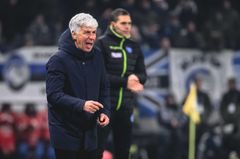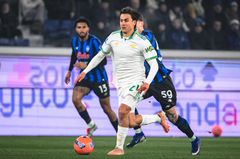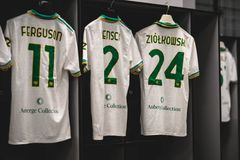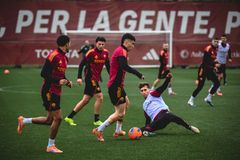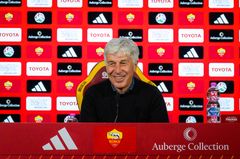

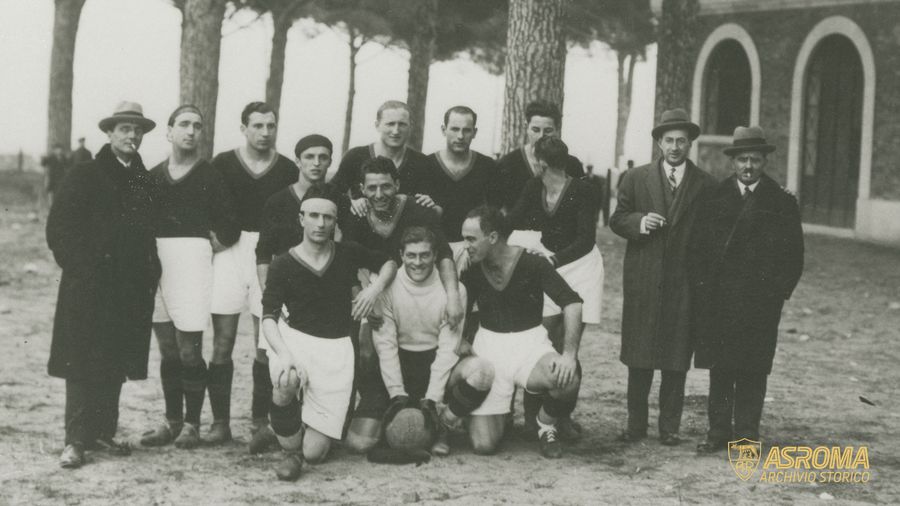
Let’s look at some of the important moments in the life of the man who was not only the founder and first president of the club, but above all the first Giallorossi fan.

Football in his blood
Italo Foschi moved to Rome with his family when he was eight years old. He completed his studies at Liceo Classico Visconti, which was where he first came into contact with football. Thanks to the headmaster Valentino Cigliutti and the physical education teacher Romano Guerra, the school played an extremely important role in popularising sport at the time and held the importance of physical activity in very high regard.
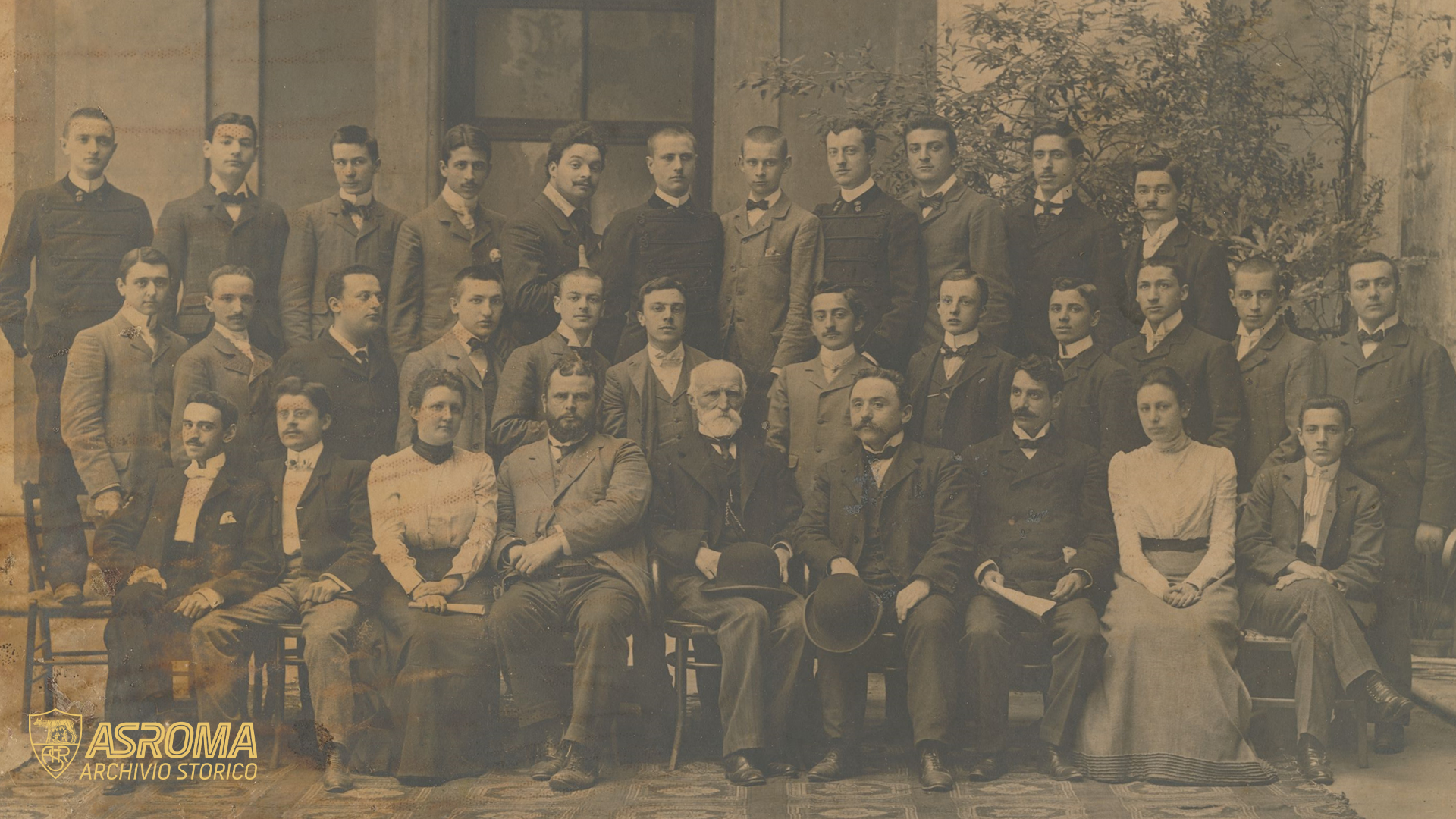
On 2 February 1897, a training session took place in Villa Borghese between the pupils at Visconti school and Foot-ball Club di Roma, which had the same name but was not the club better known as Roman founded in 1901 that later became one of the clubs that merged to form AS Roma. Foot-ball Club di Roma participated in the Lazio championship in 1899 together with Ginnastica Roma and Sporting Club Roma. Italo Foschi, fourth from the right in the above photo taken in Piazza del Collegio Romano between 1898 and 1899, had already discovered his love for football.
Sports minded
"Everyone in Rome knows (...) that I was a passionate devotee of athletics, and frequenters of certain Roman gyms could testify to my achieving considerable results in running, jumping, weightlifting and wrestling.” This is how Italo Foschi responded on 16 June 1927 in Il Tevere newspaper to accusations made by a Lazio official surrounding the controversy that arose from the decision taken by Foschi, as president of Fortitudo-Pro Roma, and Alba-Audace to exclude Lazio from the merger which would come to form AS Roma.
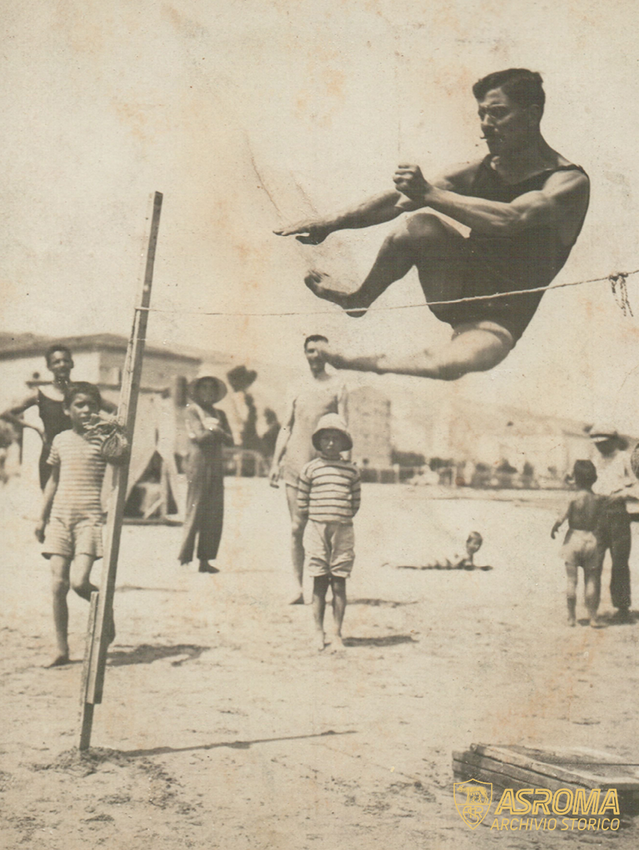
Founding Roma was the pinnacle of his experience as a sportsman. In February 1926 he was elected Special Commissioner of the shooting society. He would also organise cycling races and on 18 April 1926 the “Italo Foschi Cup” took place between Torrespaccata and Torrenova over a distance of 54 kilometres. He practiced Greco-Roman wrestling and was trained by Giovanni Raicevich, who was considered the best in the world at the time. He also did fencing and could jump over 1.50m in beach high jump.
Roma through and through
His real sporting passion was football and from a young age his true love was the city of Rome. These two things could only be combined in one way: by giving his city a football team that bore its name, colours, and symbol.
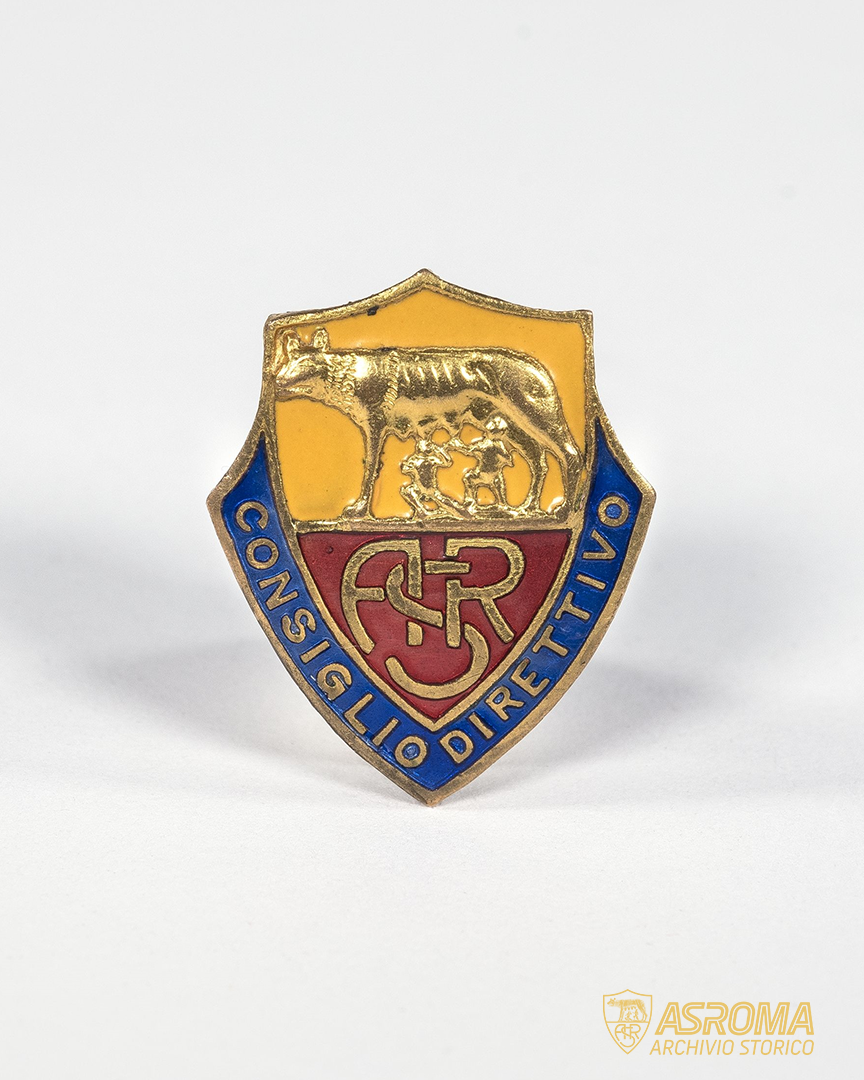
The club and the capital had to share a symbol. This Board of Directors badge, which belonged to Foschi and is today held in the club’s Historical Archive, is the oldest object depicting Roma’s original crest, which is also that of the city.
One belief, one aim
Italo Foschi was not “just” the founder and first president of Roma. He was also the first fan, rooting for its creation. He held no political office after 16 December 1926 and therefore put all of his energy into realising his dream, one that he had always believed in. He became president of Fortitudo-Pro Roma immediately after organising an extraordinary event on 3 June 1926. Foschi put together a selection of Rome’s finest footballers to play Juventus and the team defeated the Italian champions in front of 15,000 spectators. Ten of the 11 players belonged to the three clubs that would merge to become AS Roma.
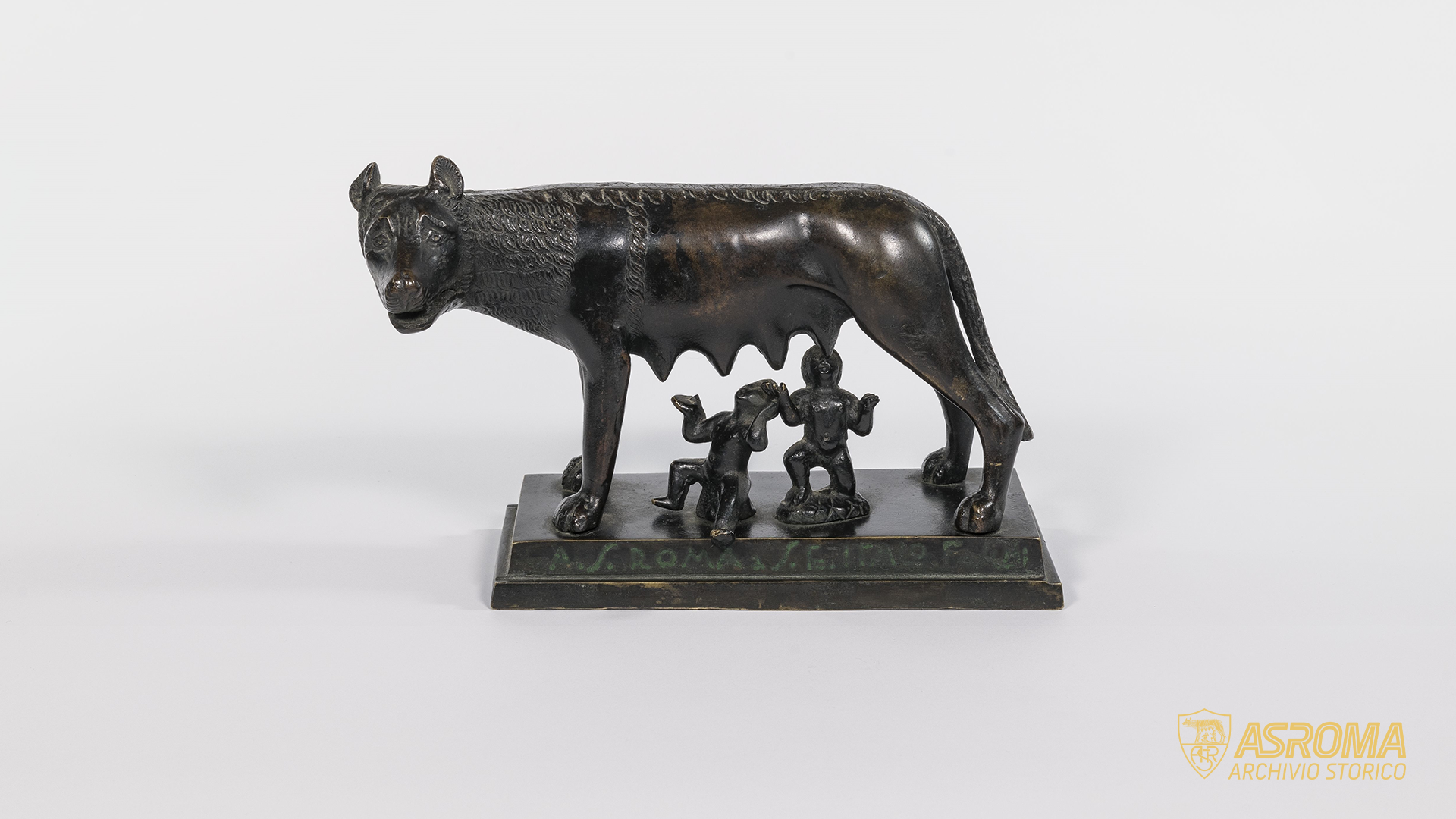
That was already Roma. No one knew it yet, but it’s what they were all hoping for. His belief was unwavering. Having supported Alba, which later became Alba-Audace, in the Scudetto final of 1926, Foschi organised two mixed-team friendlies with Fortitudo-Pro Roma. He then used Roman Foot-ball Club as his trump card to wear down the resistance of those who didn’t want Rome to have its own football team. Roman Foot-ball Club had the money and the kit to make his dream a reality. Roma was thus be created, taking its name from the eternal city. A name – Roma - which has played an important part throughout this story, from the very beginnings of Roman football history and the students at Liceo Visconti with Foschi among them.
Lat's look a gallery about his life!










1 / 8

2 / 8

3 / 8

4 / 8

5 / 8

6 / 8

7 / 8

8 / 8

© 2018-2025 Soccer S.r.l. – EU VAT IT09305501000 - all rights reserved. The AS Roma names, logos and artwork are registered or unregistered trademarks of Soccer S.r.l. All other trademarks may be the property of their respective holders.
 Tickets
Tickets
 Shop
Shop













